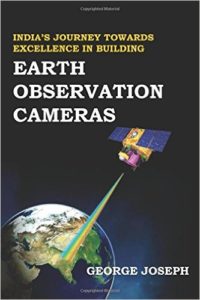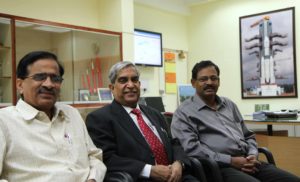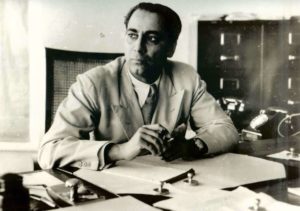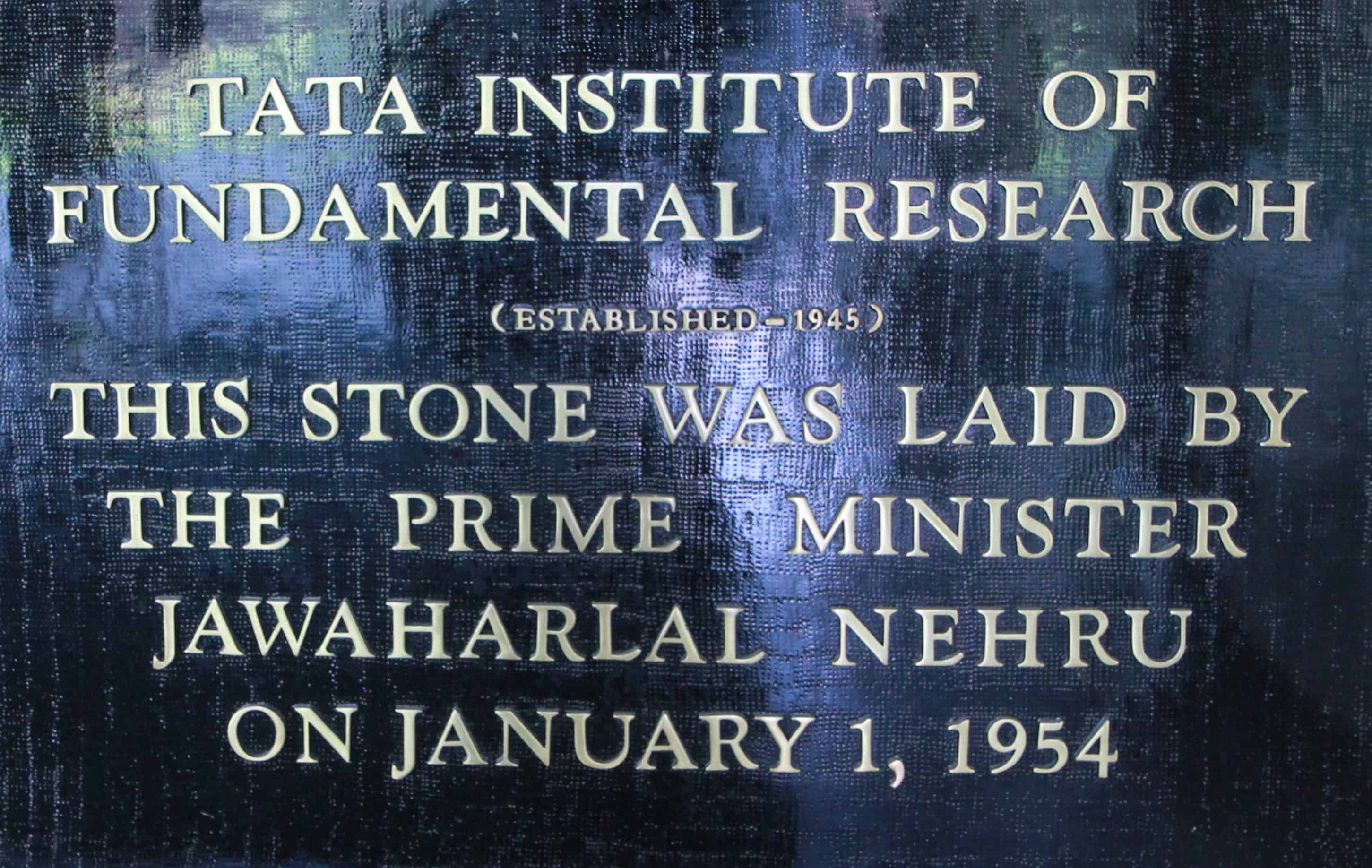Using an innovative radar technique, NASA has been able to detect two spacecraft in lunar orbit from the surface of the Earth. NASA’s Lunar Reconnaissance Orbiter was launched in 2009 and was in lunar orbit at the same time as Chandrayaan-1. Although a joint experiment was designed for both spacecraft, it did not work out. LRO is still operating in Lunar Orbit today. Communication with India’s Chandrayaan-1 was lost in August 2009. At the time ISRO engineers estimated that Chandrayaan-1’s orbit would decay and it would impact on the surface of the Moon by around 2012. The new microwave radar technique using three of the world’s largest radio telescopes (Goldstone, Arecibo and Green Bank) first located the Chandrayaan-1 in July 2016. Remarkably it was still pretty much in its 200km polar orbit going round the Moon every 2 hours.

Chandrayaan-1 was originally (November 2008) in a 100km orbit which was raised to 200 km (May 2009) to overcome internal heating problems. Although not welcomed at the time because the resolution of the data captured by several of the onboard instruments was reduced given the higher altitude. This raised orbit is probably the reason it survives in lunar orbit today.
One of the better write-ups, from 2009 about the demise of the Chandrayaan-1 mission from an accomplished Indian journalist T.S. Subramanian here.



